7 Reasons Amaranth Greens are the New Kale
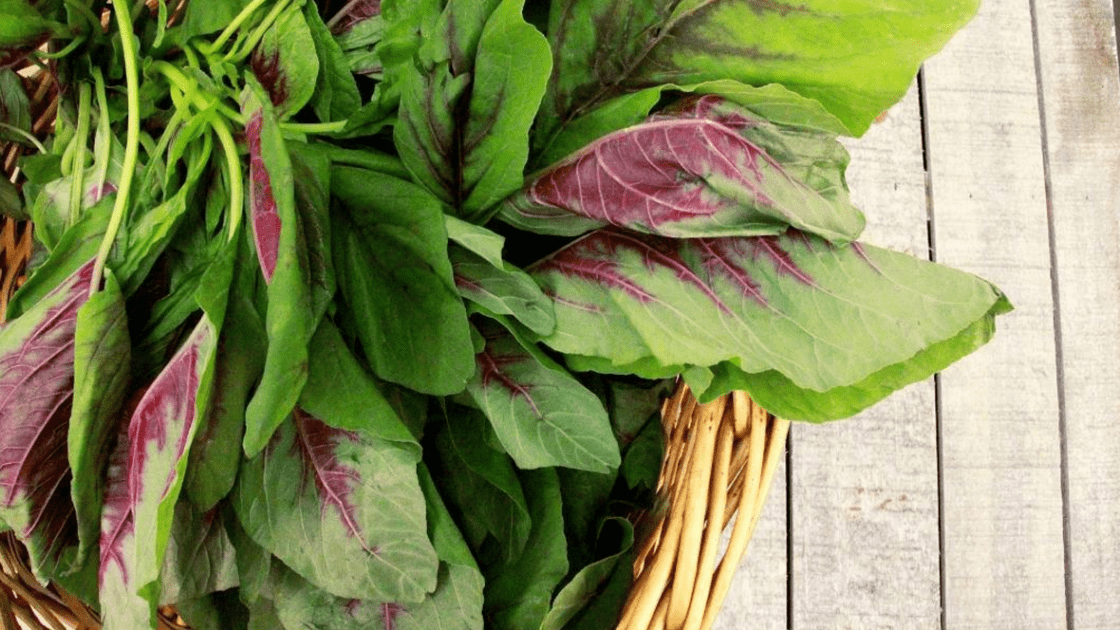
What are Amaranth Leaves?
Just as the name would suggest, amaranth leaves are the leafy green from the amaranth plant. Normally grown in Africa, Asia, and the Caribbean (where it’s referred to as “callaloo”), the leaves are showing up more often in the U.S. as a result of immigrants from Asia and Africa introducing them. In the U.S., we’re more accustomed to the grain portion of the amaranth plant. It’s a gluten-free ancient grain that’s comparable to rice. But it turns out that the leafy portion of the grain is just as nutritious.
7 Reasons Why We Love Amaranth Leaves
1. Contains tocotrienols
Tocotrienols are a form of vitamin E that may reduce cholesterol as well as your risk of heart disease, according to a study published in the 2014 addition of the journal Nutrition & Metabolism. The study also found that tocotrienols may be protective against cancer and have anti-inflammatory qualities.
2. Reduces stroke risk
Amaranth leaves are a good source of potassium. Having ample potassium in the body helps move oxygen to the brain which stimulates neural activity and cognitive function while reducing your risk of stroke. Potassium can also improve brain function by maintaining electroconnectivity in the brain.
3. Reduces hypertension
Amaranth leaves also contain magnesium, a mineral that combines with potassium to reduce your risk of hypertension, which is protective against heart disease, according to a 2007 edition of the journal Lipids in Health and Disease. Magnesium also has a host of other benefits including increasing energy, calming nerves and anxiety, relieving muscle spasm and aches, and preventing osteoporosis.
4. Improves digestion
Amaranth leaves are a significant source of dietary fiber which makes them helpful at reducing constipation. They’re also easier to digest than other leafy greens like kale, which often needs to be massaged or cooked slightly before eating to improve digestibility.
5. Good source of iron
We’re always looking for good sources of iron, especially in the plant-based world, and amaranth leaves don’t disappoint. They help prevent anemia in those that are iron deficient.
6. Delicious fermented
A traditional African amaranth green preparation involves fermenting the leaves and jarring them to be eaten in the off season. Fermenting the greens is doubly healthful because you get to enjoy the inherent healthfulness of the green as well as the benefits of fermented foods. Fermented foods are good for digestion because they contain probiotics or good bacteria. Fermenting the entire crop is a good way to use the stems as well. All you have to do is add the amaranth leaves to a mason jar and then cover with filtered water, half of a sliced onion, and two tablespoons of salt. Store for a few weeks in a cool place, opening the jar every few days to release built up gases. Keeps for three to six months in the refrigerator.
7. Versatility
Amaranth leaves are versatile greens that can be eaten raw in a salad, added to a stir fry, soup, or a simmered dish like curry. As mentioned above, they can be fermented and jarred to be eaten year round. Add amaranth leaves any place that you would traditionally add spinach as they have a similar texture and appearance.
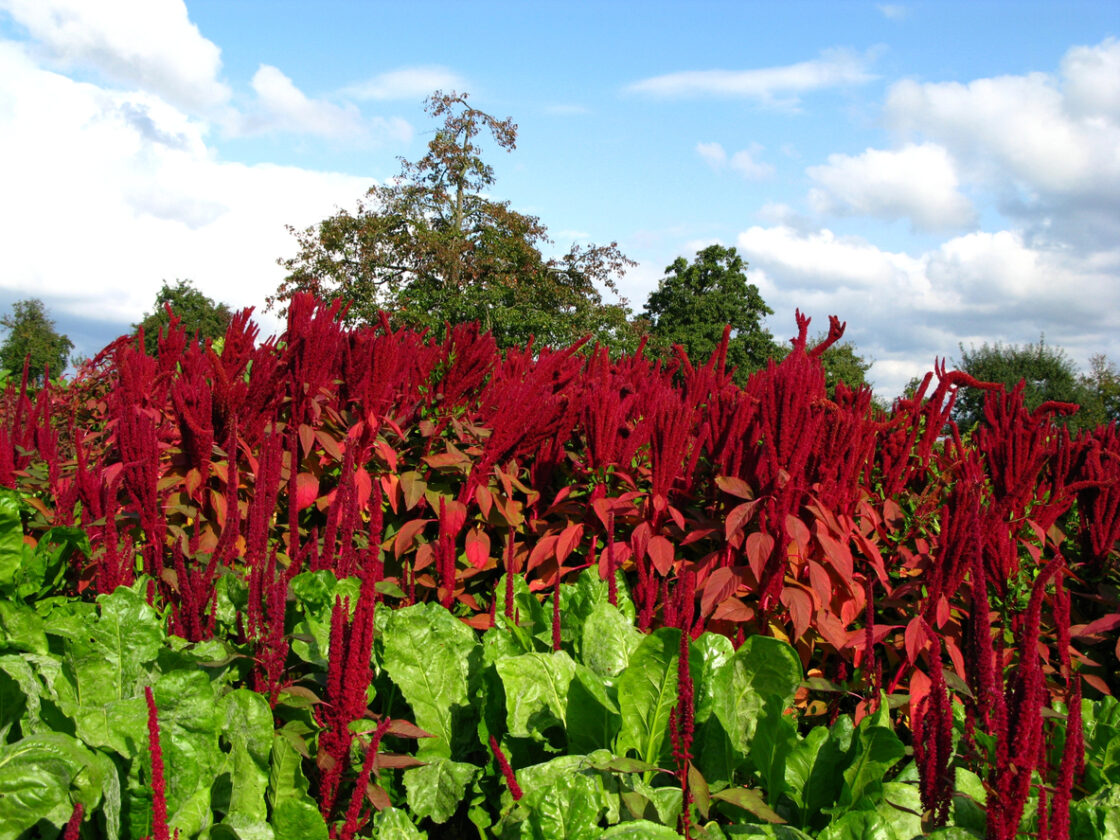
How to Grow Amaranth
Another benefit of amaranth leaves are that they’re easy to grow. The seedlings can often be found at the farmers markets and Asian food markets, and the seeds can be purchased online. Here are some tips for growing amaranth:
- If you’re planning to grow them outside, start seedlings in the early spring in the full sun. You can also start them indoors as seedlings before the end of the first frost and transfer them outdoors once it gets warmer.
- Water amaranth plants during dry periods, once or twice per week.
- Plants can be grown in drier clay soil but they do really well in well drained rich compost. If your soil is not ideal, consider growing in raised beds with compost.
- Plant the seeds about seven to ten inches apart, although they will tolerate a little crowding.
- They do really well in warmer climates and are drought-resistant. But they can also be grown in cooler climates.
- They grow one to two feet in height.
And if you’re dead serious about growing Amaranth and other herbs and veggies year-round, we highly recommend one of the below indoor grow kits, which are self-watering and come with indoor lighting.
Indoor Grow Kits for Year-Round Herbs, Veggies & Leafy Greens
Our team researched far and wide to find indoor grow kits. Purchases made after clicking our links, may earn Organic Authority a commission, which goes a long way to support the good work our team does – as well as our Valrhona Chocolate habit!
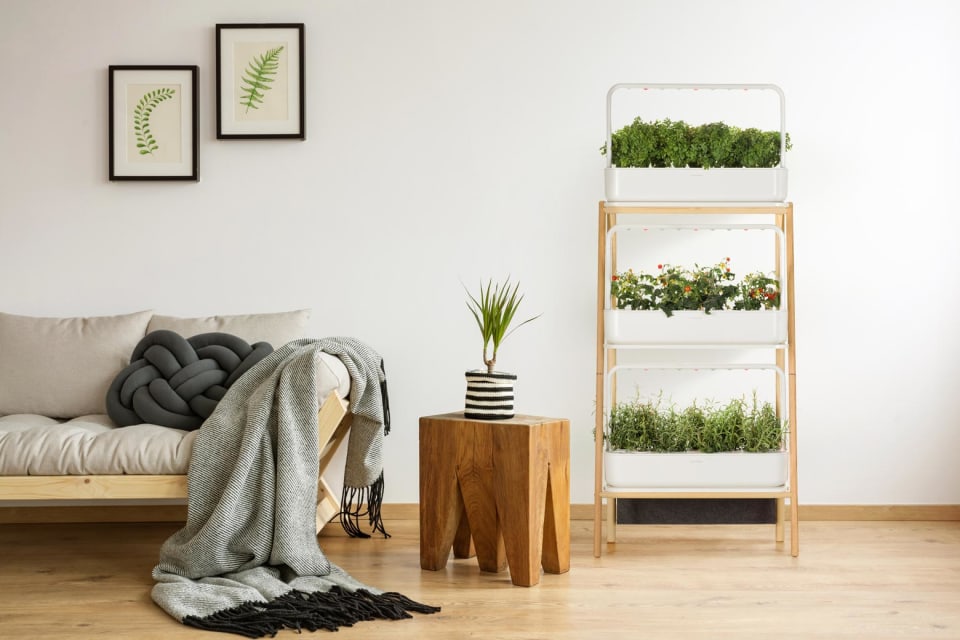
Having a “green thumb” has never been easier. With the Smart Garden 27, you can grow fresh, organic food all year round without worrying about which region you are in. This vertical shelf unit comes with three self-watering Smart Garden 9’s which can be smartly stacked to maximize vertical space and add a little green to your home.
Shop: The Smart Garden 27
Click and Grow
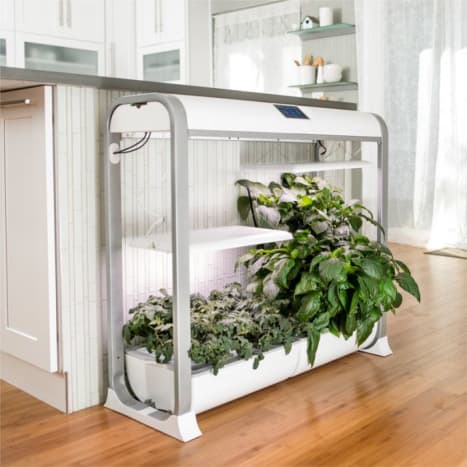
You can grow up to 24 plants five times faster with the AeroGarden Farm Family (available in standard, plus, and XL sizes). Each system comes with two adjustable height full spectrum 60W LED lights, which allow you to maximize vertical grow space. And did we mention it only takes up three square feet of space? Now you can skip the produce aisle and grow what you need: lettuce, vegetables, herbs and more…
Shop the AeroGarden Farm Family:
Standard (12” Height) | Plus (24” Height) | XL (36” Height)
AeroGarden
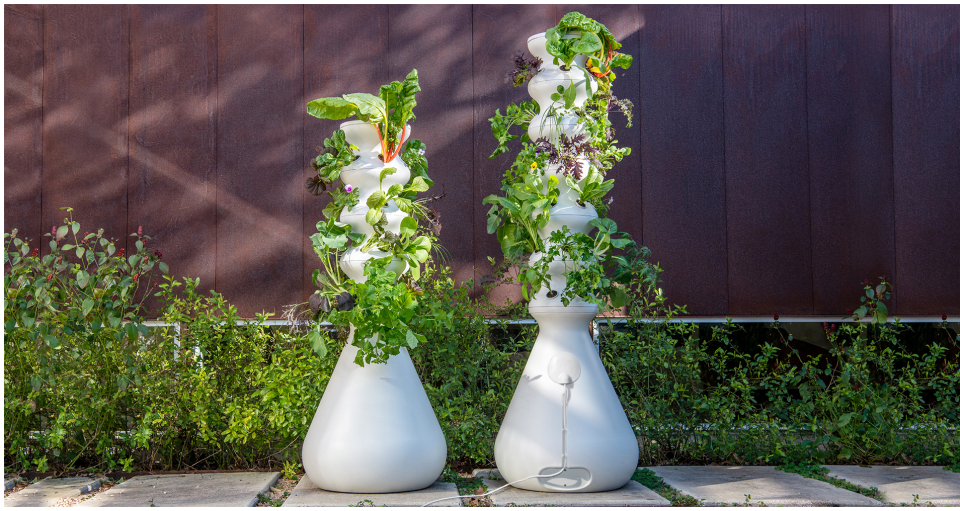
Available in 12-plant, 18-plant and 24-plant units, these hydroponic farm stands are designed for both indoor and outdoor use. The footprint of each unit is only 4 square feet and utilizes 95% less water while optimizing yields on an accelerated grow time. Don’t let the upfront cost scare you, when compared to the price of organic produce, you’ll save more money in the long run as each refill pod is only $2.25 – the math checks out!
And if you plan on growing your own produce indoors past the traditional growing season – a good idea during the pandemic – we highly recommend pre-ordering these indoor LED Halo Glow Rings to ensure delivery by October.
Shop: The Farmstand | PRE-ORDER Glow Rings
Lettuce Grow
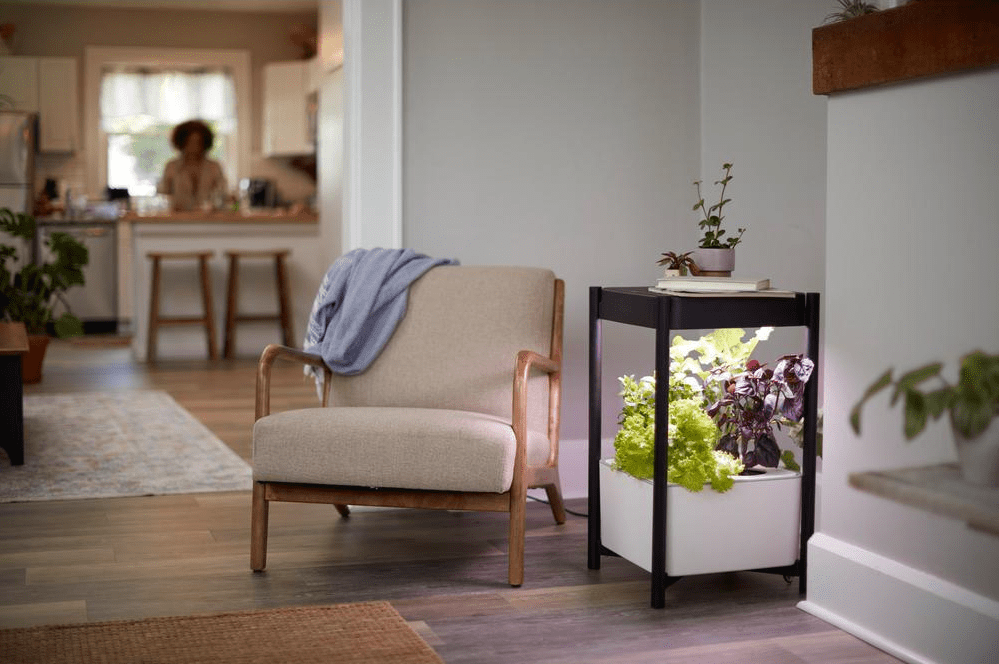
This indoor system brings new meaning to “living space” and is designed for both form and function. Whether you live in an apartment or house, this unit is made to be placed right into your home. Grow up to 12 herbs and leafy greens at a time without worrying about seasons, planting zones, or weather. And if you’re serious about growing as much of your own produce as possible, consider buying these adaptors from Aerogarden for stacking two Miracle-Gro Twelve Indoor Systems.
Shop: Miracle-Gro Twelve Indoor Growing System | Miracle-Gro Twelve Stacking Kit
Home Depot
And if you’re looking for a recipe, try this simple and delicious amaranth greens preparation.

Ingredients
Preparation
- Rinse amaranth leaves and then dry in a towel.
- Heat oil up to medium heat and add onion. Sauté for five minutes.
- Add tomatoes and amaranth, cook until soft.
- Add coconut milk and salt and cook for ten minutes.
- Serve with cooked rice, or cooked amaranth grain.

